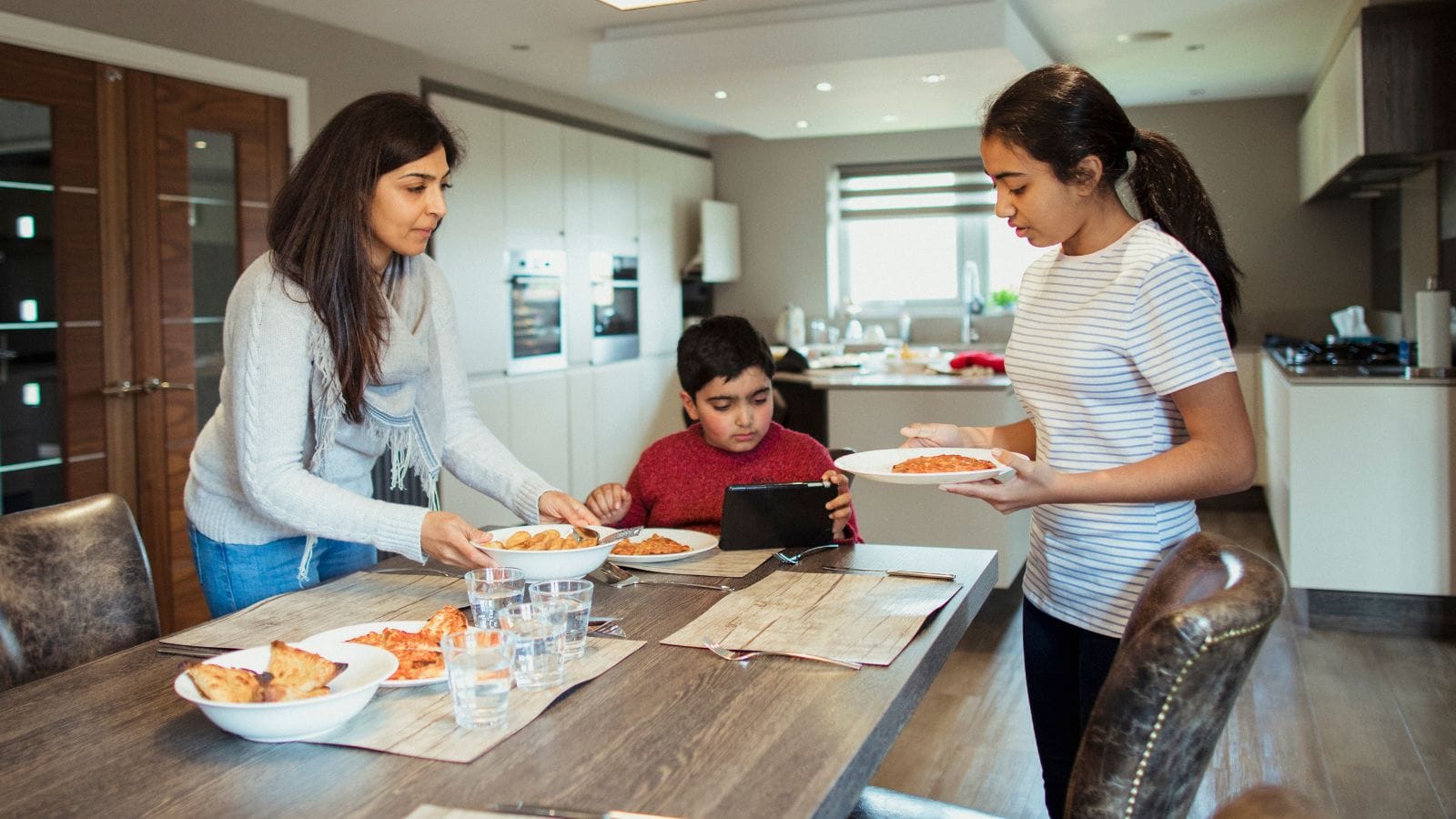If you try this activity with your students, we’d love to see what you do. Share your journey via the #Inspired2Learn hashtag on your preferred social platform.
Discipline: These activities can be applied in any class or subject area.
Age level: All
Time: 5-15 minutes (or longer if you build out some of the activities more)
Newsletters home to families are not uncommon in elementary school and when parents find the time to read them they often offer broad brushstrokes of the major things students learned over the course of a week or month. They are most often teacher-generated and not always well-read by their intended audience. These forms of family connection do well to document what transpires in school but they don’t often foster engagement. The activities offered here invite more of a back-and-forth and at their best come from the voices of students more than from that of the teacher.

You’ve Got Mail
Letter writing may feel old-fashioned but it offers a great way to practice retelling and synthesizing information into something succinct that gets a message across. Have students write letters to their families about what they’ve learned in class during the day. Consider inviting families to write back!
Scribe’s Record
Determined to change her students’ response of “nothing much” when parents asked what they did that day, Inspired Teaching Founder Aleta Margolis came up with Scribe’s Record.
By capturing what your students most want to remember learning, you can accomplish a number of goals that support an Inspired Learning Environment. You’ll strengthen students’ skills of analysis and synthesis. You’ll build productive habits of mind so that students think, each day, “What are the critical ideas or activities I want to remember from today’s class?” – as opposed to thinking, “Is this going to be on the test?” And you’ll get consistent feedback, on what students value, enjoy, ponder, and recall about each day’s class activities, as well as what’s interesting and what’s not. Learn more here.
As you close class, consider asking students what questions they want to discuss with their families after all they learned today. You can turn this into something they do on a regular basis and depending on the age even task them with asking the questions and bringing back answers the next day. You might start this process by sharing questions with them to take home, and then building up to them crafting these questions themselves after they see you model the kinds of questions that will yield interesting answers.
Here are some things to consider in the structure of questions that work well:
- Ask open-ended questions, and avoid questions with yes/no answers.
- Ask about specific events, people, or activities.
This isn’t something you’d do as a closing with your students but it’s something you might want to incorporate into newsletters or messages home. Consider offering parents questions they can ask their children such as:
- What did you find interesting today? What was interesting about it?
- What challenged you today? What did you do about that?
- Tell me about something funny that happened today.
- Tell me about something you are hoping to learn more about… what questions do you have about it?
- Who did you work with during social studies today?
- What did you play at recess? What were some other kids playing?
Standards Addressed by these Activities
Common Core College and Career Readiness Anchor Standards for Language
CCSS.ELA-LITERACY.CCRA.L.1 Demonstrate command of the conventions of standard English grammar and usage when writing or speaking.
Vocabulary Acquisition and Use:
CCSS.ELA-LITERACY.CCRA.L.6 Acquire and use accurately a range of general academic and domain-specific words and phrases sufficient for reading, writing, speaking, and listening at the college and career readiness level; demonstrate independence in gathering vocabulary knowledge when encountering an unknown term important to comprehension or expression.
Common Core College and Career Readiness Anchor Standards for Writing
CCSS.ELA-LITERACY.CCRA.W.1 Write arguments to support claims in an analysis of substantive topics or texts using valid reasoning and relevant and sufficient evidence.
Common Core College and Career Readiness Anchor Standards for Speaking and Listening
CCSS.ELA-LITERACY.CCRA.SL.1 Prepare for and participate effectively in a range of conversations and collaborations with diverse partners, building on others’ ideas and expressing their own clearly and persuasively.
Presentation of Knowledge and Ideas:
CCSS.ELA-LITERACY.CCRA.SL.4 Present information, findings, and supporting evidence such that listeners can follow the line of reasoning and the organization, development, and style are appropriate to task, purpose, and audience.
Collaborative for Academic, Social, and Emotional Learning Competencies
Self-management: The abilities to manage one’s emotions, thoughts, and behaviors effectively in different situations and to achieve goals and aspirations. This includes the capacities to delay gratification, manage stress, and feel motivation and agency to accomplish personal and collective goals.
Social awareness: The abilities to understand the perspectives of and empathize with others, including those from diverse backgrounds, cultures, and contexts. This includes the capacities to feel compassion for others, understand broader historical and social norms for behavior in different settings, and recognize family, school, and community resources and supports.
Responsible decision-making: The abilities to make caring and constructive choices about personal behavior and social interactions across diverse situations. This includes the capacities to consider ethical standards and safety concerns, and to evaluate the benefits and consequences of various actions for personal, social, and collective well-being.
Relationship skills: The abilities to establish and maintain healthy and supportive relationships and to effectively navigate settings with diverse individuals and groups. This includes the capacities to communicate clearly, listen actively, cooperate, work collaboratively to problem solve and negotiate conflict constructively, navigate settings with differing social and cultural demands and opportunities, provide leadership, and seek or offer help when needed.
